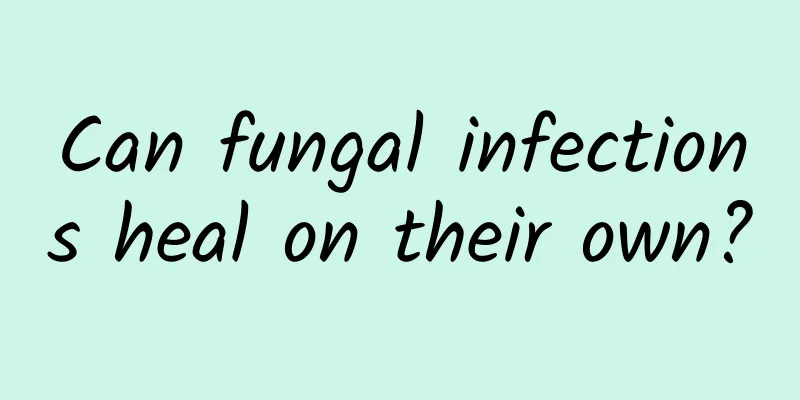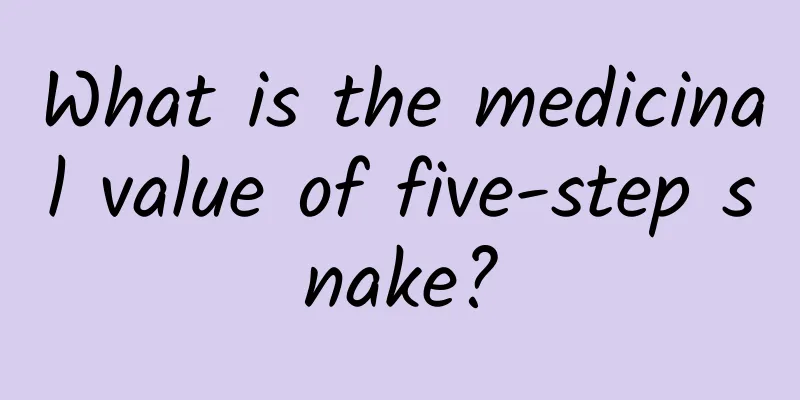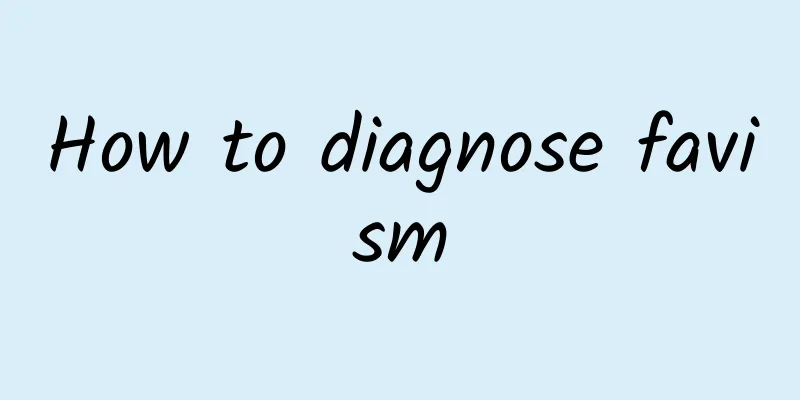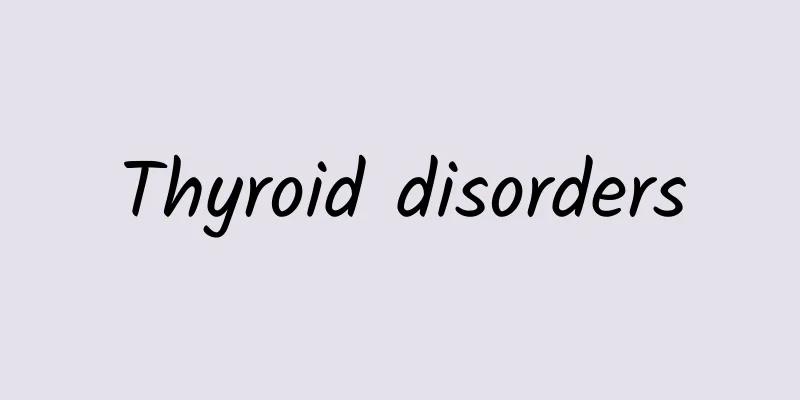What is herpetic gingivostomatitis
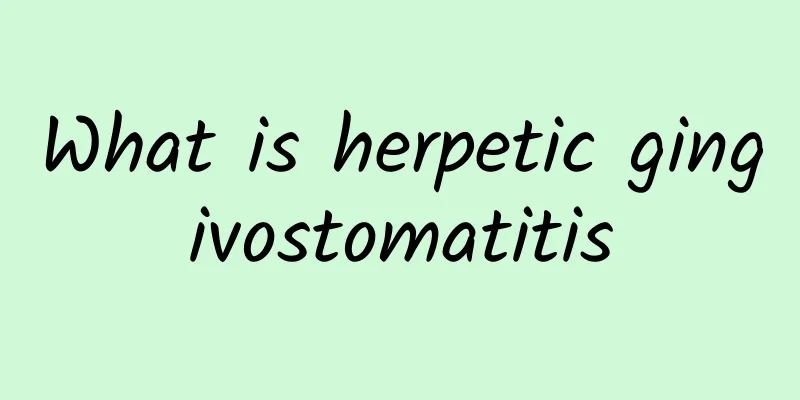
|
We should all be familiar with herpetic gingivostomatitis, which is what we usually call oral ulcers. It often occurs in children, causing great trouble to parents. Children from a few months to 5 or 6 years old may suffer from it. It is also an infectious disease. Talking and saliva can serve as sources of infection. Patients should eat more light food, more vegetables and fruits, drink more water, avoid eating food that is difficult to digest, and avoid eating spicy and fishy food. Herpetic gingivostomatitis is an infection of the mouth, throat, and face caused by the herpes simplex virus. It is a common childhood illness, most commonly affecting children between 6 months and 5 years of age, but can also affect adults and older children. Once a child is infected, they become carriers of the virus, which hides in the body and occasionally appears on the lips, known as "cold sores." What is Herpetic Stomatitis? Herpetic stomatitis is a disease caused by the herpes virus. The disease is more common in infants and young children, is highly contagious, and is spread through droplets. The disease is not highly seasonal. Herpetic stomatitis can be divided into two categories: (1) Herpetic stomatitis The child has a high fever that often lasts for 5 to 7 days. The oral mucosa is congested, and several or dozens of rice-sized or even mung bean-sized blisters appear on the front oral mucosa (including the tongue and inner lips) and cheek mucosa. The skin around the blisters turns red and soon ruptures to become irregular ulcers covered with a white film. The child is irritable, has local pain, drooling, and does not want to eat. If bacterial infection occurs, submandibular lymph node enlargement may be seen. This disease is different from herpangina, which is caused by Coxsackie virus and occurs more frequently in summer and autumn. Herpes occurs in the pharyngeal isthmus and soft palate. (2) Cold sores This type is milder and herpes can be seen on the lips, skin around the mouth, or at the junction of the lips and skin. You will start to feel itching, redness and a burning sensation; later, blisters of varying sizes, such as a needle tip or a millet grain, will appear. Soon the blisters will become cloudy and then break and form scabs, which will fall off within a few days or 1 to 2 weeks, leaving no scars. How is herpetic stomatitis treated? There is currently no specific drug for herpetic stomatitis. Commonly used treatments include: (1) Morpholino: 6-10 mg per kg of body weight per day, taken orally in 3 divided doses. If there is a bacterial infection, oral antibiotics are also required. (2) Take vitamin B1, vitamin B2, and vitamin C orally. (3) To relieve pain when eating, apply 2% dicaine ointment or 2% procaine solution topically. (4) Gentian violet, 5% chloramphenicol or tetracycline glycerol can be applied topically. (5) Eat small meals frequently, eat light semi-liquid food, drink plenty of water, and eat more vegetables and fruits. |
<<: How to treat acute enteritis at home
>>: Menstruation is delayed and brown
Recommend
What kind of exercise should I avoid when suffering from sciatica?
Sciatica is a common and frequently occurring dis...
Are topical ointments for paronychia effective?
When paronychia first occurs, one side of the nai...
Causes of skin allergies
Skin diseases are very common nowadays, especiall...
Lumbar fracture and inability to urinate or defecate
The lumbar spine is directly related to all aspec...
The effects and functions of soaking black wolfberry and chrysanthemum in water
It is not easy to have conflicts when drinking te...
What medicine to take for breast cysts
Breast cysts should be treated promptly and check...
Treatment of myocardial infarction
We may be troubled by many diseases throughout ou...
How to treat asthma in the elderly
Strictly speaking, elderly asthma is a type of as...
What is a bone spur?
As people age, their joints begin to become less ...
Treatment of chronic appendicitis
There are many types of diseases. When it comes t...
The pleural effusion disappeared after taking the anti-inflammatory injection. Is it tuberculosis?
Pleural effusion is usually caused by pleurisy or...
Whitening and breast enlargement, eating three foods regularly is the most effective
Generally speaking, the things that women who lov...
Can people with uterine fibroids eat saffron?
Most of the time, female friends suffer from uter...
Pain-sensitive constitution
Different people have different physiques, and th...
Causes of lumbar pain in men
Lumbar pain is a common problem faced by many you...
